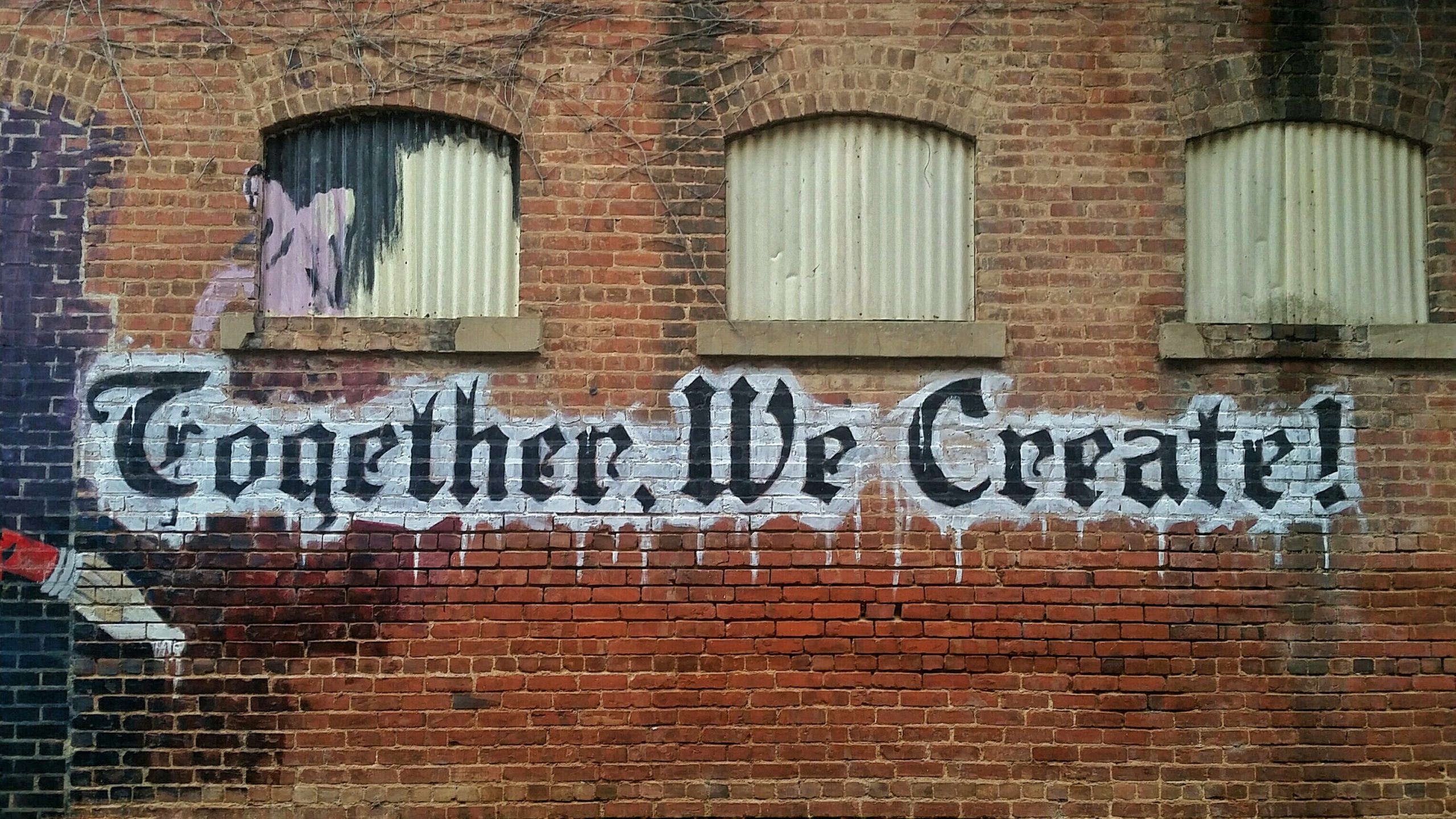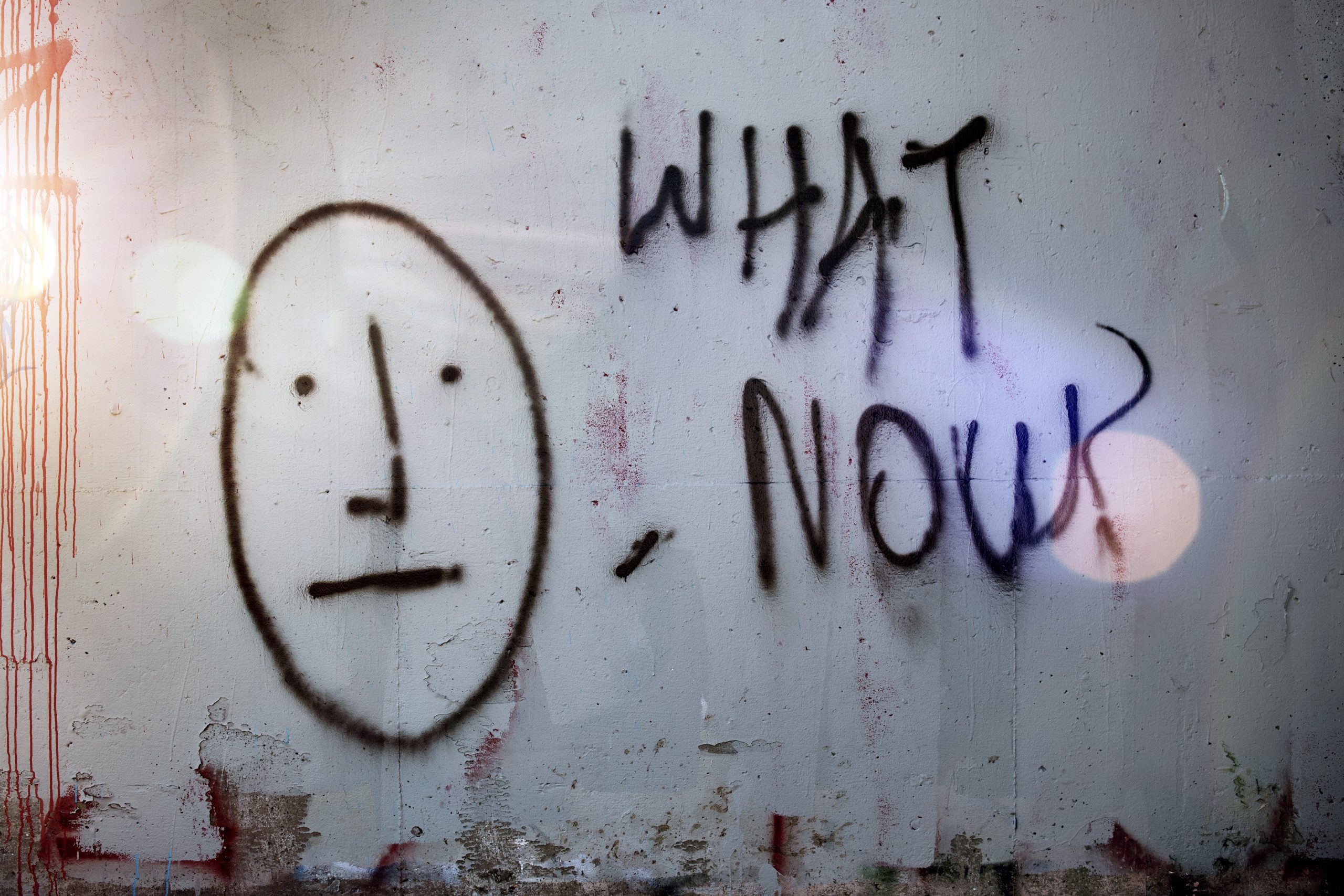Engaged journalism Insight
People, Process & Product
Created on: May 4, 2021
On 29th April 2021, I spoke at the Digital Editors’ Network Spring Meeting about how different approaches to Product might help us build a better, more effective and more inclusive industry.
I was delighted to share my session with Olivia Crellin, from PressPad and openDemocracy, and other speakers discussed similar questions in the contexts of People and Process.
The article below is a lightly edited version of the thoughts I shared at the event.

The pandemic hasn’t created the reason for change in journalism. We have needed to fundamentally rethink the roles of journalism, journalists and editorial “products” for a VERY long time.
What the pandemic has potentially created is an inflection point, where we can change the path of journalism, and build a better, more inclusive and – frankly – more effective journalism.
Previous speakers have discussed People and Process and how our approaches to those can help us reconstitute the industry – and “Product” for me is the natural next step. I fundamentally believe that you get the best products if you really take care of the people and the process in your work.
So, one of the key things the pandemic has changed for us, in product thinking terms, is that it’s perhaps given us an entry point to greater empathy. Empathy is the foundational step of the Design Thinking process because, by deeply understanding and empathising with our users, audiences – or as I prefer, citizens – we create better products and services. We therefore need to activate and engage empathy if we’re to do our best and most valuable work.
As an example, the work I’ve been doing at The Bureau Local recently has focussed on insecure work and health inequalities – things which we’re ALL starting to see and understand a lot better as a result of the last year.
I was recently speaking to the disabled activist, Ellen Clifford, and she had important insights on the expansion of empathy across the pandemic. Many disabled people have always been confined to their homes. That’s very rarely because their disability is so severe that it’s impossible for them to get out, but actually because our systems aren’t set up to make it possible for them to easily participate. In that, we’re not just talking about the difficulties of physical mobility and accessibility, but all our systems – technology, employment, education, everything. The people that are designing those systems – those products and services – aren’t truly empathising with ALL the users of those systems, and that’s made them really bad products, services and systems which have a negative impact on the whole of society, not just those individuals.

What’s happened over the last year is that we’ve all been confined to our own homes, and seen how systems break down when we have to live differently – even if, for some, that’s limited to not being able to get an Ocado slot.
We’ve all seen the unacceptable pressure health and care systems have been put under, and the inequalities that make outcomes much worse for many people. We’ve all seen the value of jobs and people that many previously characterised as “unskilled”. Suddenly they’re KEY workers, and they’re important to us. Similarly, if we haven’t had to face it before, we’ve all had to confront the fact that ALL our work is insecure.
This gives us an extraordinary opportunity to reflect, think more deeply, start to empathise in a different and much, much deeper way and start to see how ALL our systems need to change.
I do a lot of work in mental health support, and journalism could learn a lot from that field. Traditionally, our industry has prioritised and celebrated what one might call “hard” skills – for example, being “decisive” and dealing with differences of opinion quickly and firmly. In many of the newsrooms I’ve worked in, it started to seem like people thought the more arguments you had, the better journalist you were. That is clearly nonsense, so I think it’s time to start training, valuing and using more “soft” skills.

That’s exactly what journalism has always needed, because the practice of journalism has become so detached from what I believe is the purpose of journalism. In my research I’ve formulated a construction that I call “Orientation”. By that, I mean, “Journalism should help us understand the world, locate us in our environment and enable us to meaningfully interact with it. Journalism should help us form views which are consistent with the needs and interests of our families and our communities.”
Now, when I put it like that, it sounds obvious – but, if we look at the journalism that actually exists in the world, almost none of it fulfils that purpose.
I think part of that is because, as journalists, we often think of our “product” in a way that entirely divorces it from citizens and what they want and need. We decide what they should be interested in and how it should be delivered to them. But, what if “product” isn’t a shiny, sexy thing, but it’s actually a process…which starts with really understanding people?
I think we need to start thinking that innovation can be about people and processes, not just glittery products which make journalists feel like they’re doing something “innovative”. Putting real people in careful and caring processes can be a product – and rethinking our processes in that way can bring us better journalism.
Recently, in my work at Bureau Local we created a process called “Is Work Working?” around a new story strand looking at insecure and precarious work. That process was about making sure that it wasn’t us deciding, from some ivory tower, what those stories are or should be. Our mission is to work with and for people and communities, so we actually did it.
We created a pipeline which started with wide-ranging events and conversations which opened up the debate. We then asked people to submit a really quick 200 word pitch about something they were experiencing, or something they thought needed a light shone on. Then we took the best submissions through to a collaborative ideas lab where participants coalesced around key themes – not necessarily their specific idea. No one individual “won”, we all “won”.
Now what that has led to, amongst other stories, is an investigation into Deliveroo pay, which led the ITV Evening News and News at Ten, was the splash in The Mirror and was picked up by major media all over the world.
The team who had pitched that story – two delivery riders/drivers and a freelance journalist – became participant journalists with us. They did interviews, wrote some of the story and formed an advisory panel who oversaw the investigation. Secondly, The Mirror and ITV News were partners with us, and each other, in the whole process – from the initial events to publication day and beyond. And finally, and most importantly – because we worked with a real community – of Deliveroo riders – we got better journalism. We got better data, because we’d built trust, and we got a much more nuanced understanding of the story, because the riders told us when we were getting it wrong.

As a counterpoint,I would say that “process” isn’t ALWAYS the answer. The temptation is to think that Scrum or Agile or RASCI or DARCI – or whatever your acronym of choice is – solve all your innovation problems, because you’ve got a process. The truth is, that a product team wouldn’t have come up with “Is Work Working?”, which has ended up being one of the most successful investigations theBureau of Investigative Journalism has ever done. That’s because those processes are sometimes quite inward looking – how do we increase OUR revenue, how do we increase OUR subscriber numbers, how do we get more stuff for US?
A product team might have been asking, why are we sharing our content, why are we involving real people in this – it feels messy – what are the metrics for this? But, as Einstein said, “Not everything that can be counted counts, and not everything that counts can be counted”. When the key existential problem facing journalism is trust, what we created was brilliant journalism based on, creating and building trust. What we leveraged was empathy, and by doing that, we achieved pretty much all of the aims that product teams are looking for – greater reach, greater engagement and greater impact.
So, if we want to build back well, we need to take a completely different approach to people, process AND product. This inflection point gives us the opportunity to think completely differently, and so the questions we need to ask ourselves are, “How do we start to think deeply and differently about our trade? What are the fundamental assumptions that we need to move from and to, if we want to deliver better news products? Ultimately, how do we apply a design thinking mentality to the vert practice and purpose of journalism?
Created on: May 4, 2021
Has this sparked ideas for you?
Do get in touch if you want to pick up on any of these thoughts.
contact